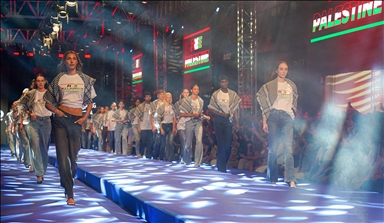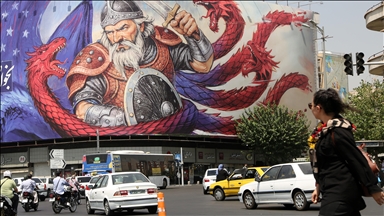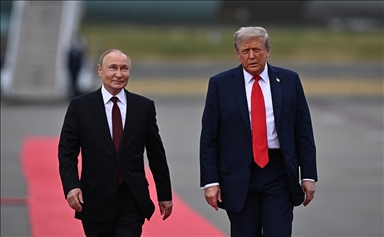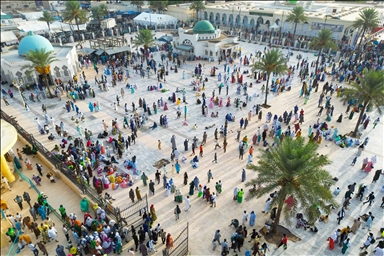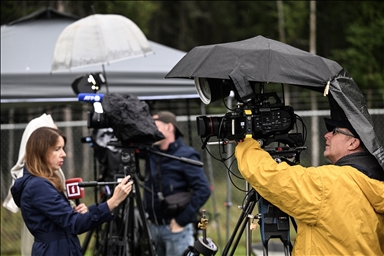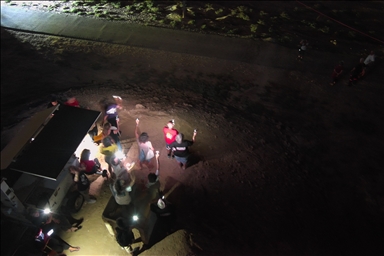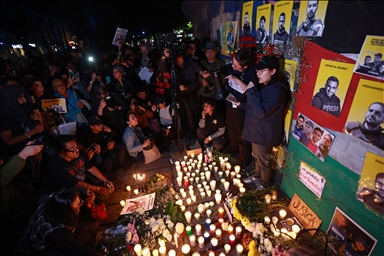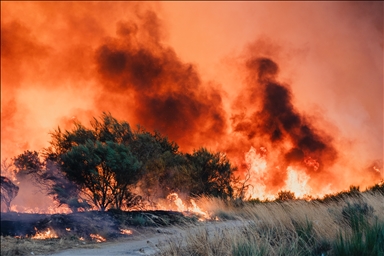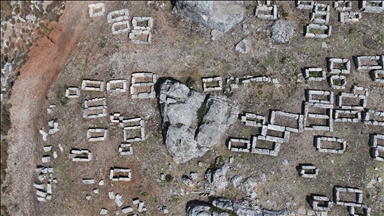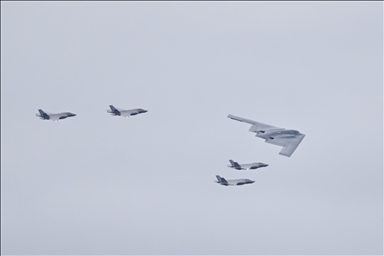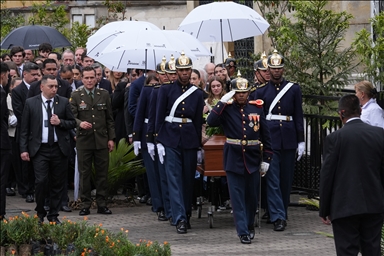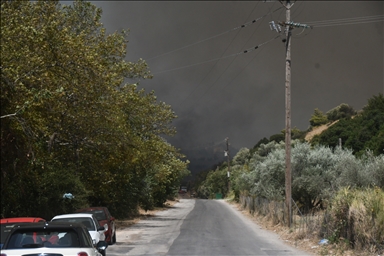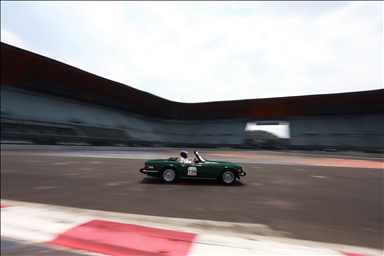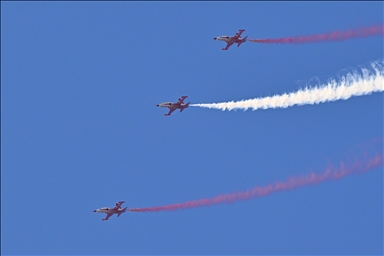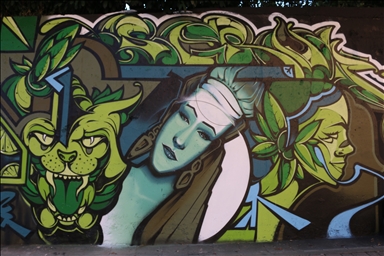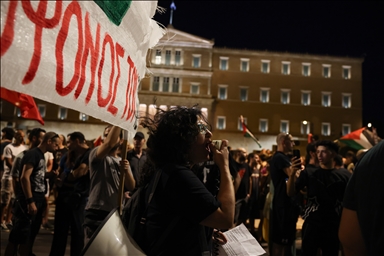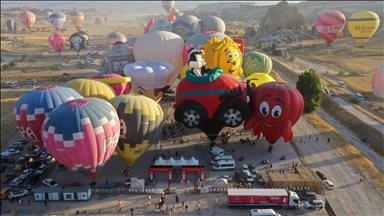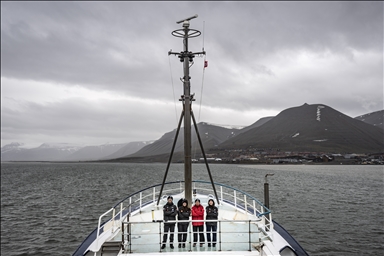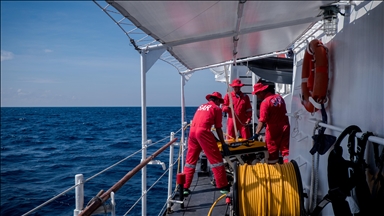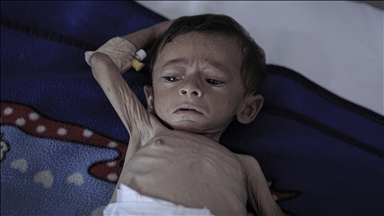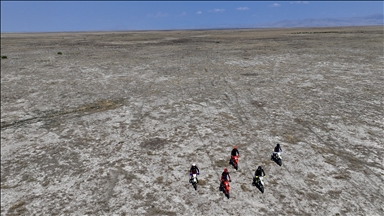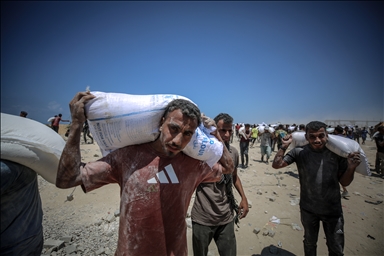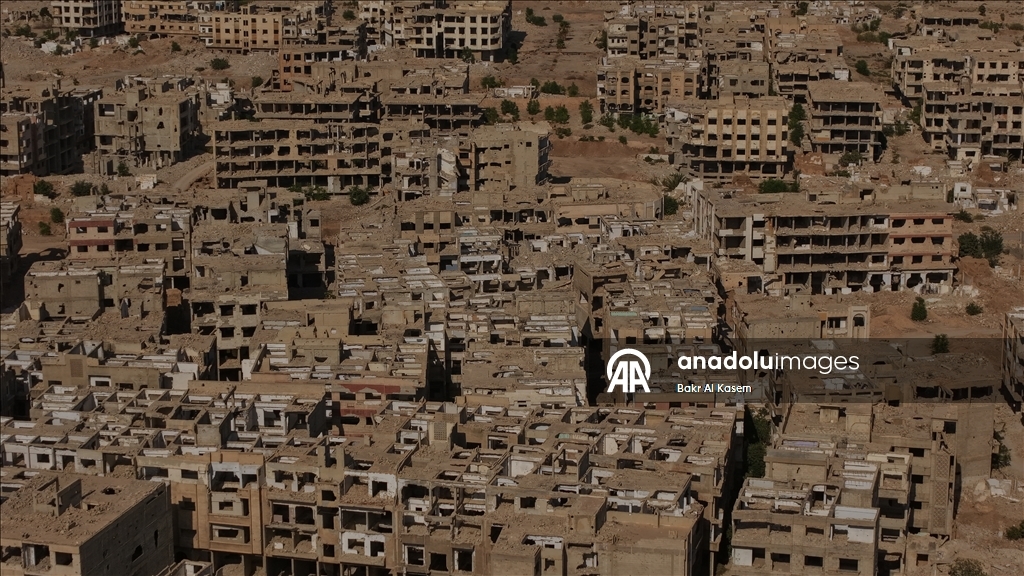
DAMASCUS, SYRIA - AUGUST 13: An aerial view shows the residential area after twelve years on from the Eastern Ghouta chemical massacre, in which the ousted Assad regime killed more than 1,400 civilians with toxic gas, survivors continue to live with the fear and anguish of that day, in Damascus, Syria on August 13, 2025. The August 21, 2013 attack, one of the deadliest of its kind, left thousands dead, most of them women and children. ( Bakr Al Kasem - Anadolu Agency )

DAMASCUS, SYRIA - AUGUST 13: An aerial view shows the residential area after twelve years on from the Eastern Ghouta chemical massacre, in which the ousted Assad regime killed more than 1,400 civilians with toxic gas, survivors continue to live with the fear and anguish of that day, in Damascus, Syria on August 13, 2025. The August 21, 2013 attack, one of the deadliest of its kind, left thousands dead, most of them women and children. ( Bakr Al Kasem - Anadolu Agency )

DAMASCUS, SYRIA - AUGUST 13: An aerial view shows the residential area after twelve years on from the Eastern Ghouta chemical massacre, in which the ousted Assad regime killed more than 1,400 civilians with toxic gas, survivors continue to live with the fear and anguish of that day, in Damascus, Syria on August 13, 2025. The August 21, 2013 attack, one of the deadliest of its kind, left thousands dead, most of them women and children. ( Bakr Al Kasem - Anadolu Agency )
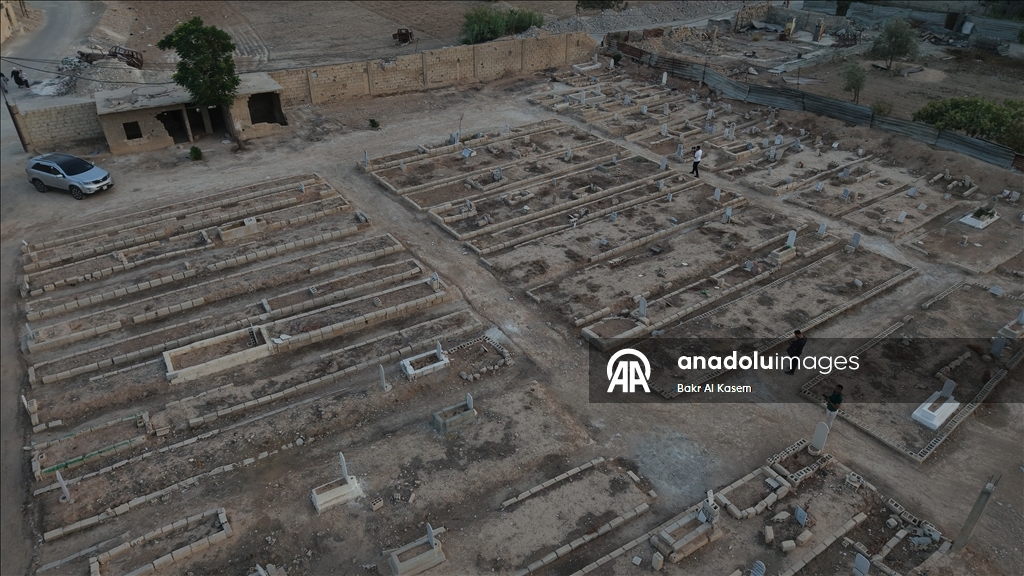
DAMASCUS, SYRIA - AUGUST 13: An aerial view shows the residential area after twelve years on from the Eastern Ghouta chemical massacre, in which the ousted Assad regime killed more than 1,400 civilians with toxic gas, survivors continue to live with the fear and anguish of that day, in Damascus, Syria on August 13, 2025. The August 21, 2013 attack, one of the deadliest of its kind, left thousands dead, most of them women and children. ( Bakr Al Kasem - Anadolu Agency )
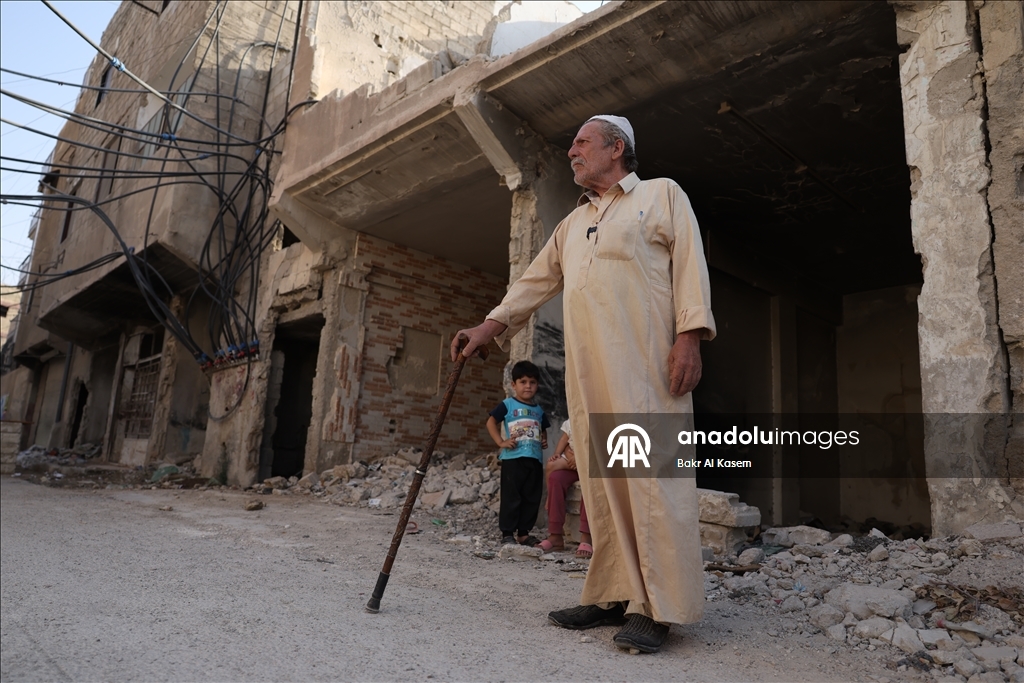
DAMASCUS, SYRIA - AUGUST 13: Abdulkadir Kabbaz, who lost 11 family members in the chemical attack speaks to press at the residential area after twelve years on from the Eastern Ghouta chemical massacre, in which the ousted Assad regime killed more than 1,400 civilians with toxic gas, survivors continue to live with the fear and anguish of that day, in Damascus, Syria on August 13, 2025. The August 21, 2013 attack, one of the deadliest of its kind, left thousands dead, most of them women and children. ( Bakr Al Kasem - Anadolu Agency )

DAMASCUS, SYRIA - AUGUST 13: Mahmut Acuz, who has been working as a cemetery caretaker in the Zemelka area of Eastern Ghouta for 60 years speaks to press at the residential area after twelve years on from the Eastern Ghouta chemical massacre, in which the ousted Assad regime killed more than 1,400 civilians with toxic gas, survivors continue to live with the fear and anguish of that day, in Damascus, Syria on August 13, 2025. The August 21, 2013 attack, one of the deadliest of its kind, left thousands dead, most of them women and children. ( Bakr Al Kasem - Anadolu Agency )
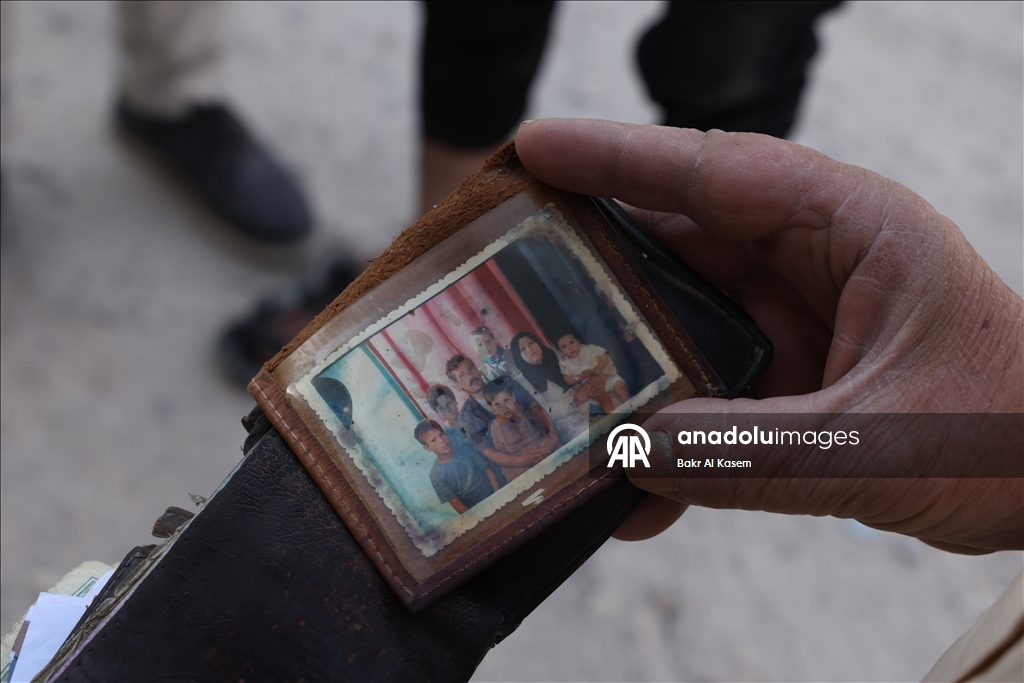
DAMASCUS, SYRIA - AUGUST 13: A family photo is seen after twelve years on from the Eastern Ghouta chemical massacre, in which the ousted Assad regime killed more than 1,400 civilians with toxic gas, survivors continue to live with the fear and anguish of that day, in Damascus, Syria on August 13, 2025. The August 21, 2013 attack, one of the deadliest of its kind, left thousands dead, most of them women and children. ( Bakr Al Kasem - Anadolu Agency )
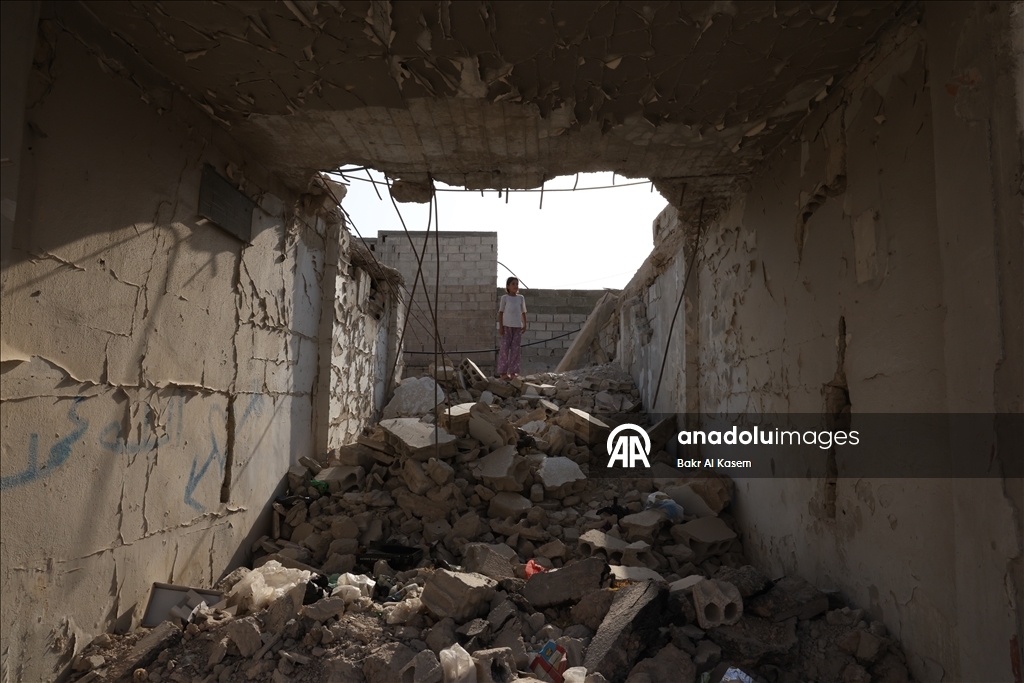
DAMASCUS, SYRIA - AUGUST 13: A view shows the residential area after twelve years on from the Eastern Ghouta chemical massacre, in which the ousted Assad regime killed more than 1,400 civilians with toxic gas, survivors continue to live with the fear and anguish of that day, in Damascus, Syria on August 13, 2025. The August 21, 2013 attack, one of the deadliest of its kind, left thousands dead, most of them women and children. ( Bakr Al Kasem - Anadolu Agency )
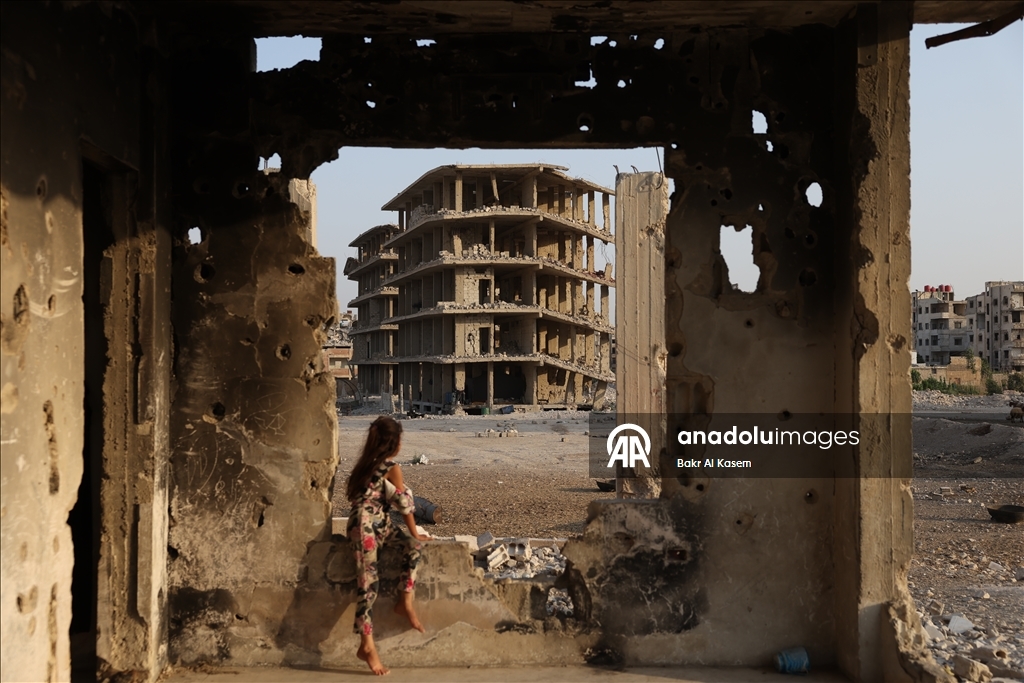
DAMASCUS, SYRIA - AUGUST 13: A view shows the residential area after twelve years on from the Eastern Ghouta chemical massacre, in which the ousted Assad regime killed more than 1,400 civilians with toxic gas, survivors continue to live with the fear and anguish of that day, in Damascus, Syria on August 13, 2025. The August 21, 2013 attack, one of the deadliest of its kind, left thousands dead, most of them women and children. ( Bakr Al Kasem - Anadolu Agency )
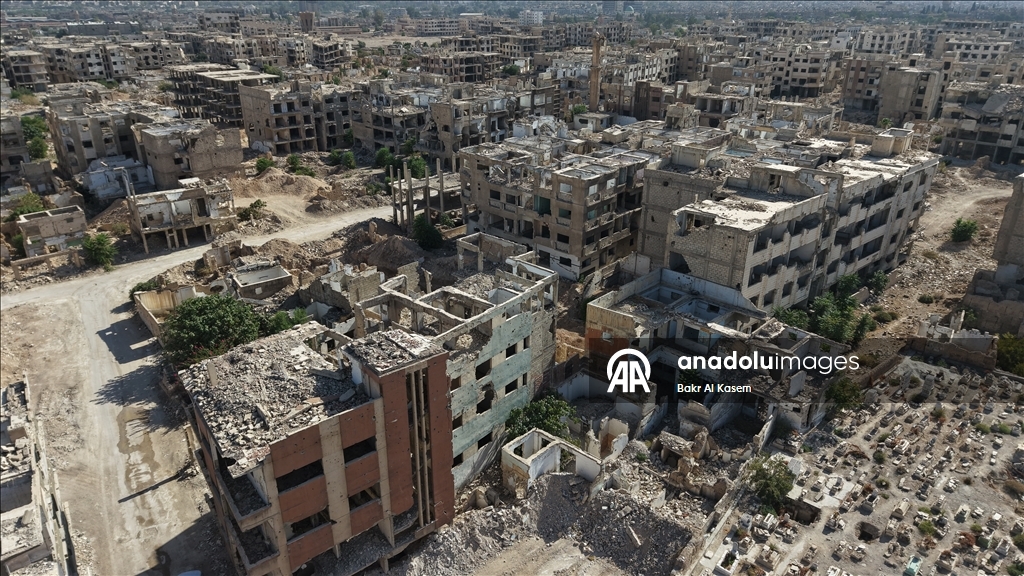
DAMASCUS, SYRIA - AUGUST 13: An aerial view shows the residential area after twelve years on from the Eastern Ghouta chemical massacre, in which the ousted Assad regime killed more than 1,400 civilians with toxic gas, survivors continue to live with the fear and anguish of that day, in Damascus, Syria on August 13, 2025. The August 21, 2013 attack, one of the deadliest of its kind, left thousands dead, most of them women and children. ( Bakr Al Kasem - Anadolu Agency )
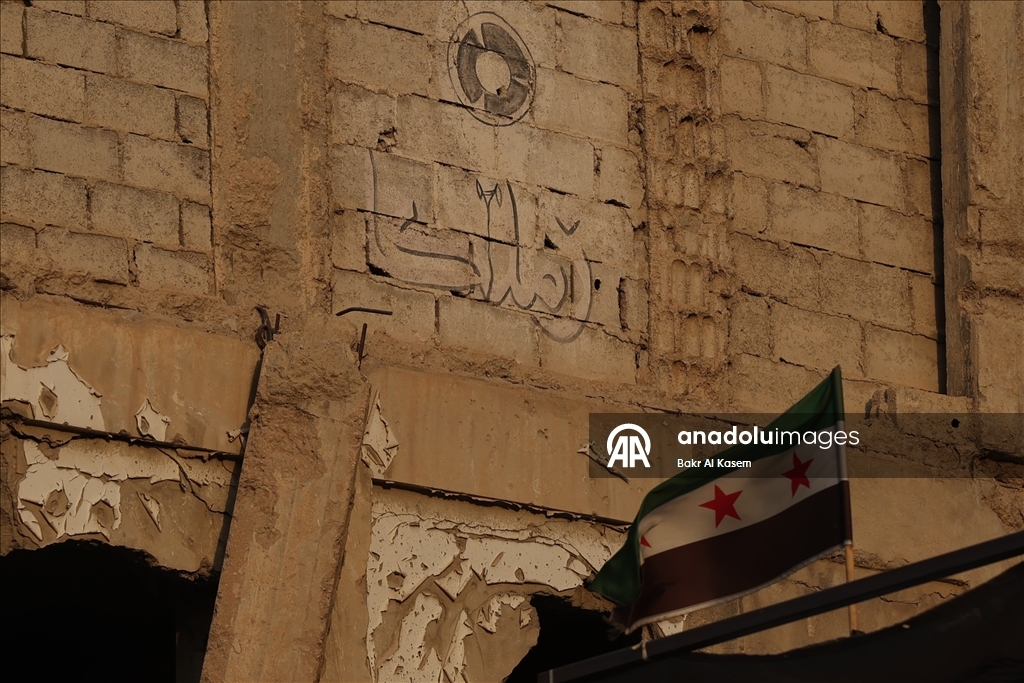
DAMASCUS, SYRIA - AUGUST 13: A view shows the residential area after twelve years on from the Eastern Ghouta chemical massacre, in which the ousted Assad regime killed more than 1,400 civilians with toxic gas, survivors continue to live with the fear and anguish of that day, in Damascus, Syria on August 13, 2025. The August 21, 2013 attack, one of the deadliest of its kind, left thousands dead, most of them women and children. ( Bakr Al Kasem - Anadolu Agency )

DAMASCUS, SYRIA - AUGUST 13: An aerial view shows the residential area after twelve years on from the Eastern Ghouta chemical massacre, in which the ousted Assad regime killed more than 1,400 civilians with toxic gas, survivors continue to live with the fear and anguish of that day, in Damascus, Syria on August 13, 2025. The August 21, 2013 attack, one of the deadliest of its kind, left thousands dead, most of them women and children. ( Bakr Al Kasem - Anadolu Agency )


